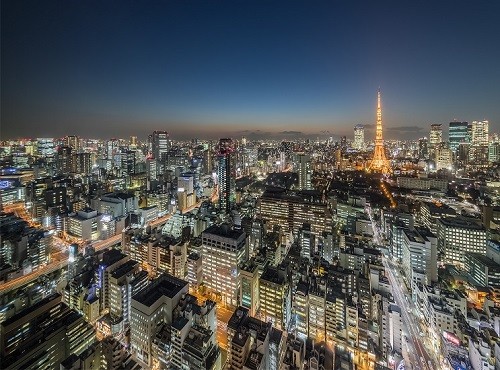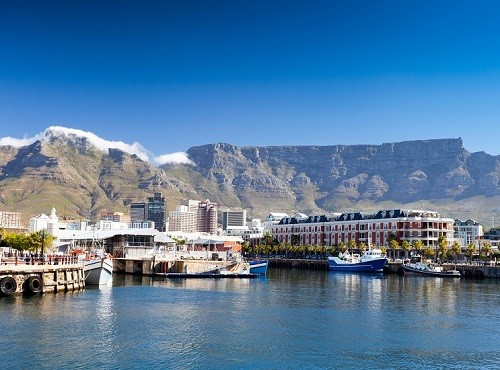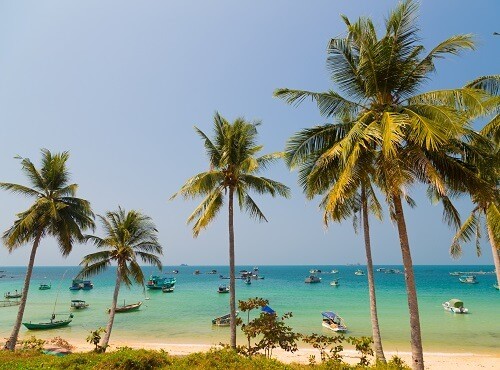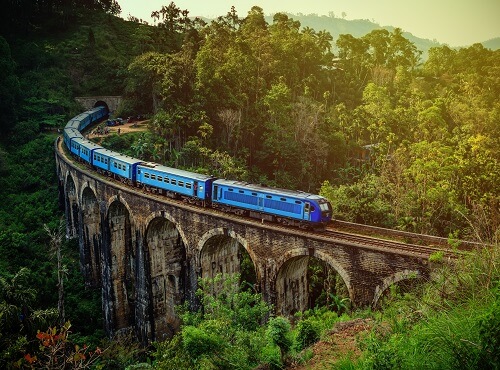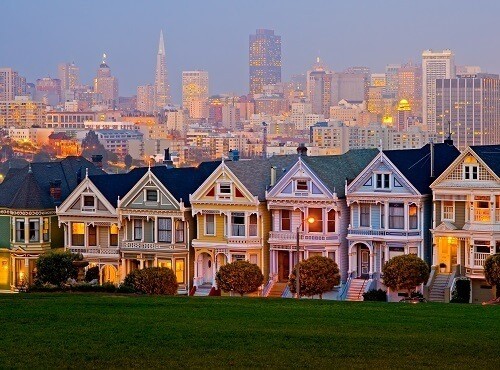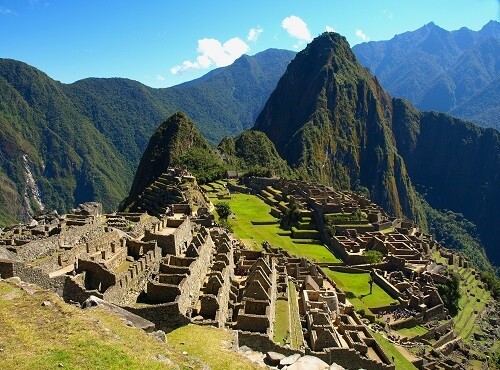Vietnam’s capital city is a combination of old colonial buildings, traditional Asian architecture and a few modern high-rises all interconnected by a swirling mass of motorcycle-packed streets.
French, Chinese and Vietnamese influences can all be seen in Hanoi, which is what makes it such a fascinating city to explore.
Despite, or perhaps as a result of, a long history of invading forces controlling Vietnam’s second largest city, Hanoi has a unique identity all its own.
Read on to find out more about the city and the fusion of east and west that makes it so compelling to travellers from all over the world.
Old Quarter
To get a real feel for old Hanoi, you must step back in time to an area of the city that still boasts its original street layout and quaint architecture. The Old Quarter was unique in that each of its streets was dedicated to a type of merchant or trade, making it easier for locals to find exactly what they wanted.
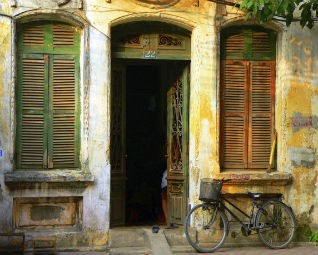
Today, this is not the case, and the quarter is instead known for it specialist artisan merchants, making it a great place to pick up an authentic memento from Vietnam.
You can also visit the night market here that runs from Friday to Saturday as well as visiting the Hoàn Ki?m Lake.
This part of town, which consists of the first 36 streets of Hanoi, is also a fantastic place to hunt down no-frills, authentic Vietnamese cuisine.
Don’t be put off by the charmingly shabby exterior of the restaurants and cafes in this area – there are some real gems hidden in the rough.
Here you will also find many places of interest including the The Temple of Literature, Hanoi Citadel, On Pillar Pagoda and the Flag Tower of Hanoi.
The French Quarter
Almost a world away from the narrow, crowded streets of the Old Quarter, the French part of the city is home to wide-open roads and the fading grandeur of French-style villas.
With the streets being much wider, it is easier to navigate the area on food, taking in the marvellous colonial buildings and tree-lined avenues as you go. It’s still important to be wary of traffic as the roads are still quite busy.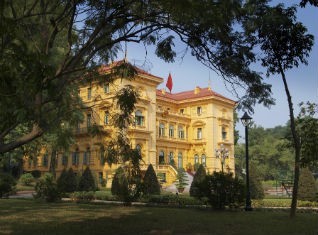
The Opera House is perhaps one of the grandest structures on show and performances are put on regularly for a reasonable fee.
Other buildings of note include the Presidential Palace, State Bank of Vietnam, St. Joseph’s Cathedral, and the Hotel Metropole.
In yet more contrast to the cheap eateries of old Hanoi, the French Quarter contains some of the most up-market restaurants in the city.
The Metropole, Club Opera and and The Press Club make up some of the higher-end dining options in this fascinating area of the capital.
Ho Chi Minh Museum and Mausoleum
Yet another example of contrasting architecture, the Ho Chi Minh Museum would not look out of place in the heart of Soviet Russia.
Built in the 1990s to celebrate the iconic Vietnamese leader, this museum is big, bleak and formidable and just one more example of the different ideologies that have gone into creating modern Vietnam.
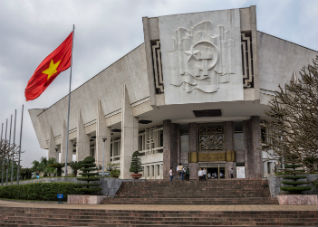
As well as the museum, there is also a chance to visit the mausoleum where the man himself is entombed. When visiting this area you must show the utmost respect and so no talking, photographs or revealing clothing are allowed.
The former leader of Vietnam lies in similar fashion to another famous communist, Lenin, although it is thought that Ho Chi Minh opposed such a burial.
Modern Hanoi
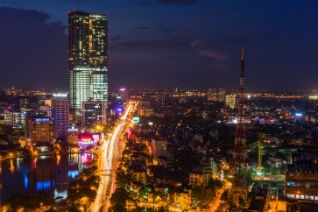
The tallest in Vietnam now calls Hanoi home with the Hanoi Landmark 72 Tower towering above the sprawling mass of life below. Once finished, the Hanoi Lotte Center will also join the city’s skyline as one of the tallest in the country.
Whatever part of Hanoi you find yourself in, you are sure to have a remarkable trip, full of one-of-a-kind experiences. For more information about holidays to this incredible city, contact one of our our experts today.





